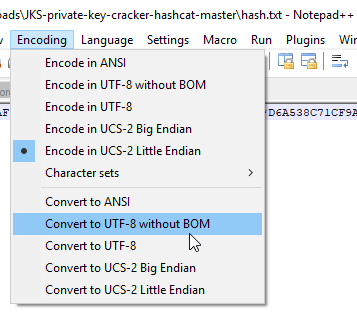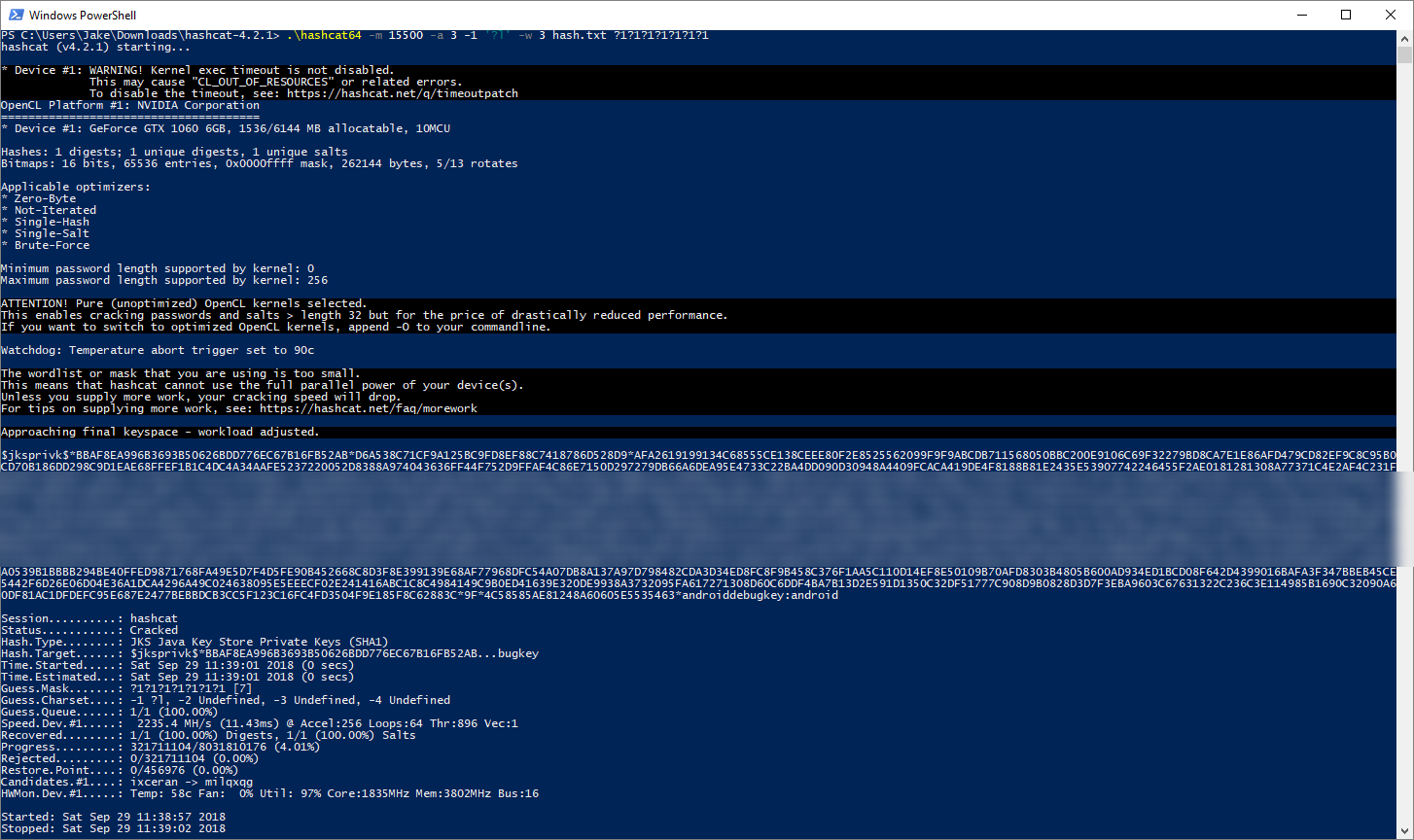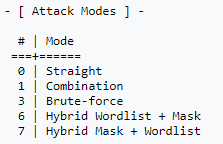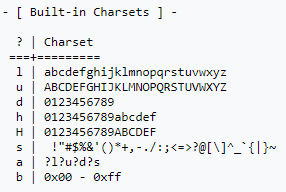
Brute Forcing A Forgotten Keystore Password Using Hashcat
Recently, I was preparing an update to a long abandoned Android app of mine when I realised the password to the keystore was long forgotten. A keystore and associated password is essential for updating an app (more information on keystores is available in easy to understand LEGO form), and as such the app could never be updated again!
Luckily, it’s possible to crack the password to a keystore.
For this tutorial, the debug keystore will be used, but the steps are exactly the same for a release keystore, i.e. one used to update an app in the store. The debug keystore is located at C:\Users\yourusername\.android\debug.keystore.
Retrieving hash
To retrieve the keystore’s hash so it can be cracked, we are going to use a useful little 10KB utility called JksPrivkPrepare.jar.
- First, download floyd-fuh’s hash retriever (source code).
- Unzip the
JKS-private-key-cracker-hashcat-master.ziparchive just downloaded. - Paste your target keystore inside the unzipped folder (in the same folder as the
README.mdetc). - Open up a command prompt / PowerShell prompt. Pressing shift + right click within the unzipped folder should provide an option to “Open Command Prompt here” or “Open PowerShell window here”.
- Paste (right click -> paste) the following, replacing
debug.keystorewith your keystore’s name:java -jar JksPrivkPrepare.jar debug.keystore > hash.txt, then press enter. - A
hash.txtshould now exist in the folder, that’s the hash we need! The tool will also tell you your key’s alias, shown below:

Preparing the hash
On Windows machines, hash.txt is output in a slightly incorrect format (contains a BOM, which files on Windows shouldn’t have). The easiest solution is to open hash.txt in Notepad++, convert it, then resave it.

Cracking the hash
- First, download Hashcat by clicking “Download” on the “hashcat binaries” row.
- Unzip the archive (this may require 7zip).
- Move the fixed hash.txt from earlier into the unzipped folder.
- Run
.\hashcat -m 15500 -a 3 -1 '?l' -w 3 hash.txt ?1?1?1?1?1?1?1. (more detail on this command in the next section) - After a few seconds, you should see the very long hash we retrieved earlier followed by
:android, telling us that the cracked password is “android”!

Further crack configuration
The command entered earlier, .\hashcat64 -m 15500 -a 3 -1 '?l' -w 3 hash.txt ?1?1?1?1?1?1? is pretty overwhelming at first glance, but each section can be understood individually. A full list of Hashcat parameters is available, the following settings are sufficient for this purpose however. All reference tables below come from the official documentation.
- .\hashcat: Tells Windows we’re trying to use
hashcat.exe. - -m 15500: Sets the hash type to “JKS Java Key Store Private Keys (SHA1)”, so that hashes can be compared.
- -a 3: Sets the attack mode to “Brute-force”, e.g. trying every possible password until the correct one is found.

- -1 ‘?l’: Sets the first character set to
lfor lowercase. A password with uppercase + lowercase letters as well as numbers would need?u?l?d.

- -w 3: Sets the workload profile (intensity) to “High”.

- hash.txt: Defines the list of hashes to crack, our file only has one.
- ?1?1?1?1?1?1?: This sets the “mask” used for the search. Each instance of
?1refers to the character set we defined earlier, and says there is a character from that character set in that position. We repeat this 7 times since it’s a 7 letter password, usually you would try 5 characters, then 6, etc.
The ability to set multiple character sets in the mask allows for situations where you know the password is a letter followed by numbers, or another pattern.
Conclusion
The bulk of the work in this post is done by Hashcat, an extremely powerful hash cracking tool that has been around for years and is used by everyone from penetration testers to malicious hackers. That being said, it is simply a useful tool, not at all illegal!
Password cracking can be extremely complicated, but due to Hashcat’s popularity there are thousands of guides online. Alternatively, the official forums can generally help out.
PS: Obviously, I don’t condone cracking any keystores that aren’t your own!